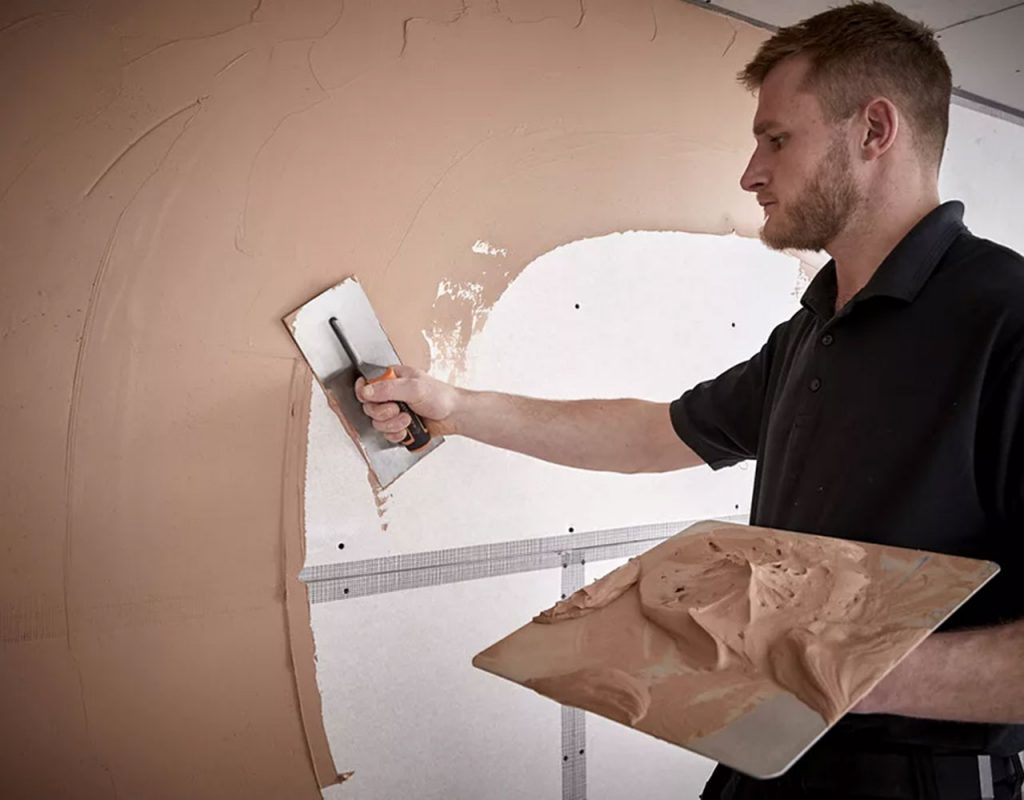Damp Proofing Belfast
Damp is the unwanted entry of water into a building in sufficient quantities to cause problems which may be unacceptable i.e. decorative spoiling, timber decay, mould growth or efflorescent salts on finishes etc. Damp can occur due to rising damp which is the passage of groundwater through porous masonry, a process called capillarity.
Penetrating damp due to defective rainwater goods and boast or cracked external render. Lateral penetrating damp due to high external ground levels and dampproof course (DPC) bridging. Water ingression due to defective window/door seals, exposed service pipes and defective pointing. Condensation due to high high humidity/excess moisture production, inadequate insulation and poor ventilation.
Plastering Belfast
Replastering is a crucial stage during rising damp treatments due to the hygroscopic salt contamination from groundwater. (Chlorides and nitrates)
At PPNI we offer an internal and external plastering/replastering service.

Condensation Belfast
Condensation and humidity are massive contributors to damp and timber defects within properties. Condensation occurs when warm humid air come in contact with colder surfaces and reaches its dew point temperature.
Condensation is more common in the colder months in poorly insulated and ventilated properties although does occur all year round. At PPNI we offer consultations on condensation and how to reduce and contain excessive moisture production within a property.
Ventilation Belfast
At PPNI we supply, upgrade and install various residential ventilation systems including positive input ventilation. (PIV) Adequate ventilation within a property will not only reduce the rick of condensation/mould but also improve the air quality and living conditions. https://www.nuaire.co.uk Residential ventilation & PIV systems.
Dry Rot & Wet Rot Treatment Belfast
Outbreaks of dry rot and wet rot can germinate under similar conditions both requiring a source of moisture with wood being its food source.
At PPNI we can locate and rectify the source of moisture promoting rapid drying to maintain dry conditions. WATER & WOOD (FOOD)=POTENTIAL ROT
Woodworm Treatment Belfast
Woodworm in buildings is not uncommon especially if damp timbers are present within the structure.
At PPNI we can assess, identify and remediate wood boring beetles and determine if the infestation is active or historic.





